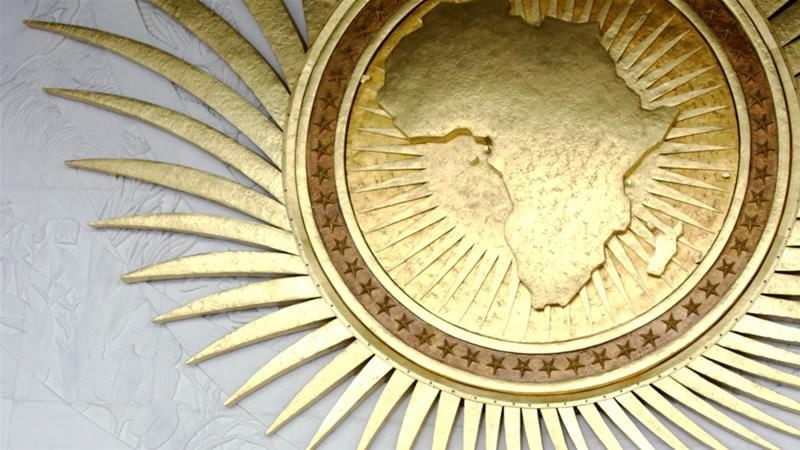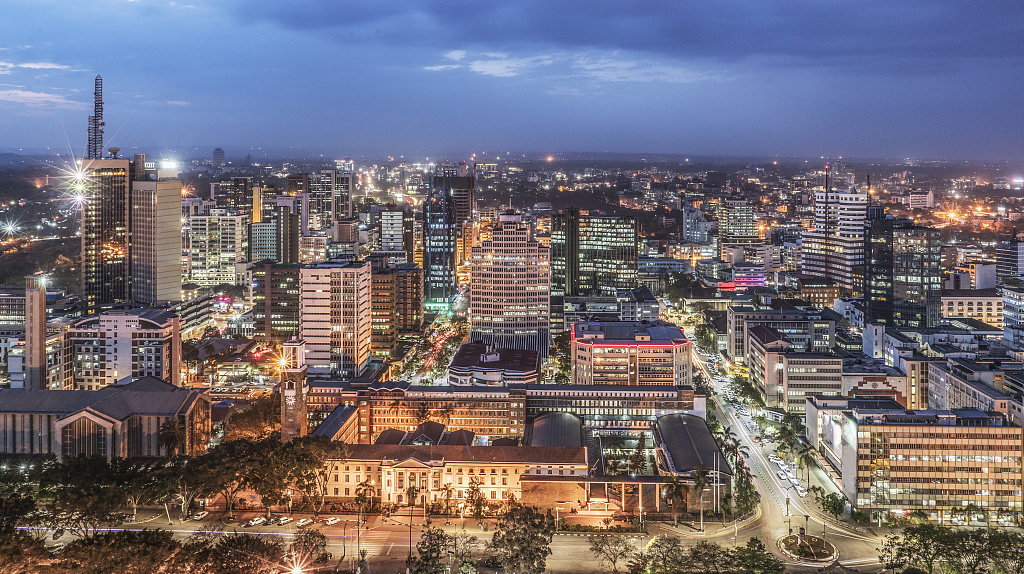
Opinion
11:28, 29-May-2019
AfCFTA: Opportunities and challenges
Sayed Attia

Editor's note: Sayed Attia is an international trade expert based in Egypt. The article reflects the author's opinion, and not necessarily the views of CGTN.
The African Free Trade Area (AfCFTA) Agreement is to set enter into force on May 30, 2019. This date marks 30 days after the 22 member states' ratification was deposited with the chairperson of the African Union Commission (AUC). The AfCFTA will be launched officially on July 7, 2019, at an exceptional African Summit to be held at the city of Niamey, the Republic of Niger.
The African Continental Free Trade Area will be the largest free trade area since the establishment of the World Trade Organization in terms of the number of countries participating in the area. Most importantly, the AfCFTA will cover a market of 1.2 billion consumer and gross domestic product (GDP) of 2.5 trillion U.S. dollars.
The agreement seeks to achieve a gamut of objectives, inter alia, promoting and attaining sustainable and inclusive social and economic transformation of the African Union (AU) Member States; creating a continental single market for goods and services, movement of capital and natural persons and facilitating investments; enhancing the competitiveness of the economies of AU Member States within the continent and at the global market; and promoting industrial development through diversification and regional value chain development.

Johannesburg, South Africa. /VCG Photo
Johannesburg, South Africa. /VCG Photo
AfCFTA seeks to realize its objectives through progressively eliminate tariffs and non-tariff barriers to trade in goods; progressively liberalize trade in services; cooperate on investment measures, intellectual property rights and competition policies; cooperate on customs matters and the implementation of trade facilitation measures; establish and promote cooperation in all trade-related areas; and ensure and maintain an institutional framework for the implementation and administration of the Continental Free Trade Area.
The main challenges facing the African continent is that most of the African states are least-developed countries (LDCs) and most of these countries are suffering trade supply constraints. It is needless to say liberalizing trade is necessary to condition for economic development; however, it is not a sufficient condition. For liberalizing trade to produce fruits, African states most overcome the trade supply constraints. These supply constraints include weak infrastructure, long time consumed procedures at customs borders, and the locked land states.
In order to maximize the benefits from AfCFTA, networking with partners are important. In this regard, the Enhanced Integrated Framework (EIF), which is the only multilateral partnership dedicated exclusively to assist least developed countries (LDCs) in their use of trade as an engine for growth, sustainable development, and poverty reduction.
The EIF partnership of 51 countries, 24 donors and eight partner agencies work closely with governments, development organizations, civil society and academia. The partnership leverages its collective know-how, outreach, and experience to tackle the world's most pressing trade-for-development issues.

Nairobi, Kenya. /VCG Photo
Nairobi, Kenya. /VCG Photo
EIF along with core partner agencies, including the IMF, ITC, UNCTAD, UNDP, the World Bank and the WTO and EIF partners including; African Development Bank (AfDB); Common Market for Eastern and Southern Africa (COMESA); Standard and Trade Development Facility (STDF); TradeMark Southern Africa (TSMA) and Finally World Bank Trade Facilitation Facility (TFF), all these parties, are seeking to help least-developed countries (LDCs) play a more active role in the global trading system and supporting LDCs' to mainstream trade into national development strategies; set up structures needed to coordinate the delivery of trade-related technical assistance and build capacity to trade, particularly through addressing critical supply‑side constraints.
All these parties aim to help LDCs to realize their goals of promoting economic growth and sustainable development and helping to lift more people out of poverty. The capacity building is a cornerstone to assist member states while the AfCFTA put into the implementation.
The AfCFTA will provide many opportunities including creating a single continental market for goods and services, with free movements of business persons and investments, and thus pave the way for accelerating the establishment of the Customs Union; expand intra-African trade through better harmonization and coordination of trade liberalization and facilitation and instruments across the RECs and across Africa in general.
Furthermore, AfCFTA is expected to enhance competitiveness at the industry and enterprise level through exploitation of opportunities for scale production, continental market access and better allocation of resources. AfCFTA, will support African industrialization and reduce the continent's reliance on external resources. According to the Economic Commission for Africa (ECA) estimated that AfCFTA has the potential both to boost intra-African trade by 52.3 percent by eliminating the import duties, and to double this trade if non-tariff barriers are reduced as well. AfCFTA will lay the foundation for the Continental Customs Union.
(If you want to contribute and have specific expertise, please contact us at opinions@cgtn.com.)

SITEMAP
Copyright © 2018 CGTN. Beijing ICP prepared NO.16065310-3
Copyright © 2018 CGTN. Beijing ICP prepared NO.16065310-3